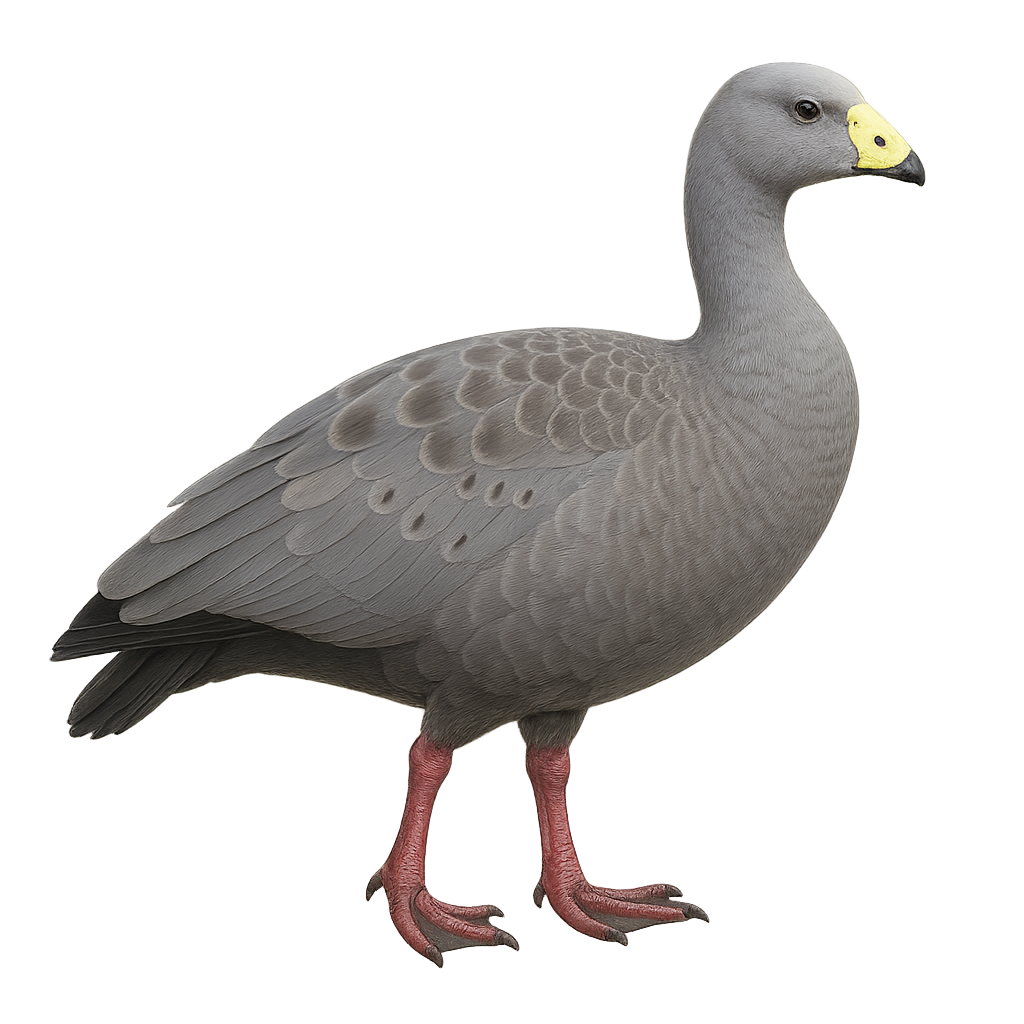Your wildlife photography guide.
Explore the cape barren goose in detail, study its behavior, prepare your shots.
Where to observe and photograph the cape barren goose in the wild
Learn where and when to spot the cape barren goose in the wild, how to identify the species based on distinctive features, and what natural environments it inhabits. The WildlifePhotographer app offers tailored photography tips that reflect the cape barren goose’s behavior, helping you capture better wildlife images. Explore the full species profile for key information including description, habitat, active periods, and approach techniques.
Cape Barren Goose
Scientific name: Cereopsis novaehollandiae

IUCN Status: Least Concern
Family: ANATIDAE
Group: Birds
Sensitivity to human approach: Suspicious
Minimum approach distance: 10 m
Courtship display: June to August
Incubation: 30-33 jours
Hatchings: July to September
Habitat:
Wetlands, coastal islands, grasslands
Activity period :
Primarily active during the day, with peak activity in the morning and late afternoon.
Identification and description:
The Cape Barren Goose, or Cereopsis novaehollandiae, is a bird species endemic to Australia. It is characterized by its ash-grey plumage and short black bill surrounded by a bright yellow cere. This bird, measuring about 75 to 100 cm in length, is often seen in small groups on coastal islands and wetlands in southern Australia. Although primarily herbivorous, feeding on grasses and aquatic plants, it may occasionally consume insects. The Cape Barren Goose is known for its ability to travel long distances in search of food, although it is generally sedentary.
Recommended lens:
400mm – adjust based on distance, desired framing (portrait or habitat), and approach conditions.
Photography tips:
To photograph the Cape Barren Goose, it is advisable to use a telephoto lens of at least 400mm to capture detailed images without disturbing the bird. Look for wetlands or coastal islands where these geese often gather. Be patient and discreet, as they can be suspicious. Opt for morning or afternoon hours to benefit from soft, natural light.
The WildlifePhotographer App is coming soon!
Be the first to explore the best nature spots, track rutting seasons, log your observations, and observe more wildlife.
Already 1 430 wildlife lovers subscribed worldwide

